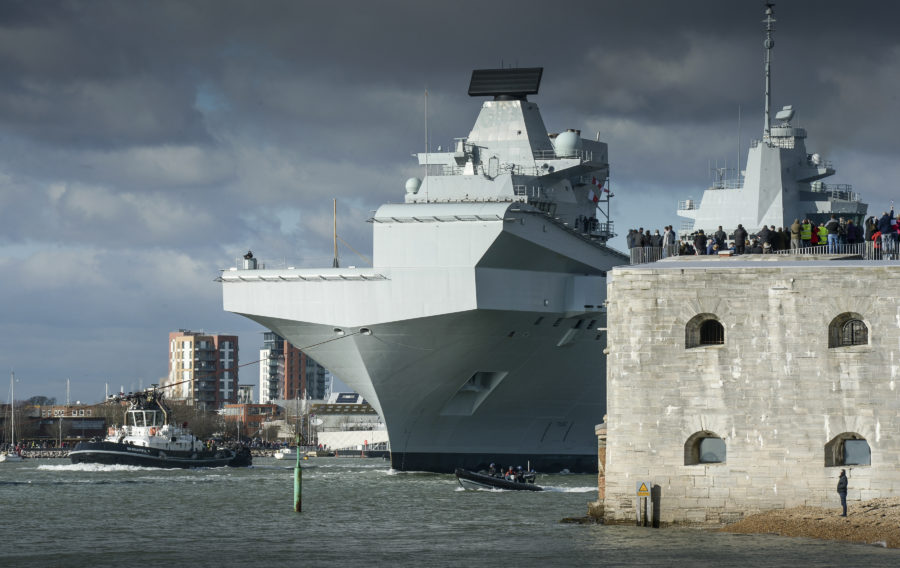
The Defence Infrastructure Organisation (DIO), which manages the defence estate, has published new building performance standards, which are expected to save the taxpayer between 15 and 20% on MOD construction programmes.
Infrastructure is a vital defence capability delivering accommodation, training facilities and critical assets such as runways and workshops to enable our armed forces to live, work, train and deploy. Recent DIO projects include building a jetty at Portsmouth Naval Base so the aircraft carrier HMS Queen Elizabeth can dock, and resurfacing runways at RAF Akrotiri, RAF Gibraltar, and RAF Valley.
The defence estate is large, diverse and widely dispersed across the UK and overseas. In the UK, it covers around 230,000 hectares comprising military training areas, naval bases, barracks, airfields, supply depots, and offices. Construction on these sites is sometimes subject to specific defence requirements but the majority is similar to other sectors, so the new standards have been developed in accordance with comparators from industry and other government departments.
They are designed to be used by MOD staff and industry partners responsible for the planning, costing and delivery of the infrastructure assets and projects funded by MOD.
The new standards, Joint Services Publication (JSP) 315, are expected to save up to 20% on construction costs by creating efficient standards, enabling faster and more cost-effective project development and delivery. They also recognise the success and cost savings DIO has achieved in recent years from increasing the use of modular construction and standardisation of designs, as well as utilising 3D digital and interactive technology.
Graham Dalton, DIO’s Chief Executive, said: “The new standards mark a step forward in how DIO enables our military to provide the most effective and efficient solutions and how we work better with the construction industry. The revised standards make it absolutely clear what our requirements are and will contribute to a significant cost and time saving on our infrastructure projects.”
image © Crown Copyright
If you would like to join our community and read more articles like this then please click here.







